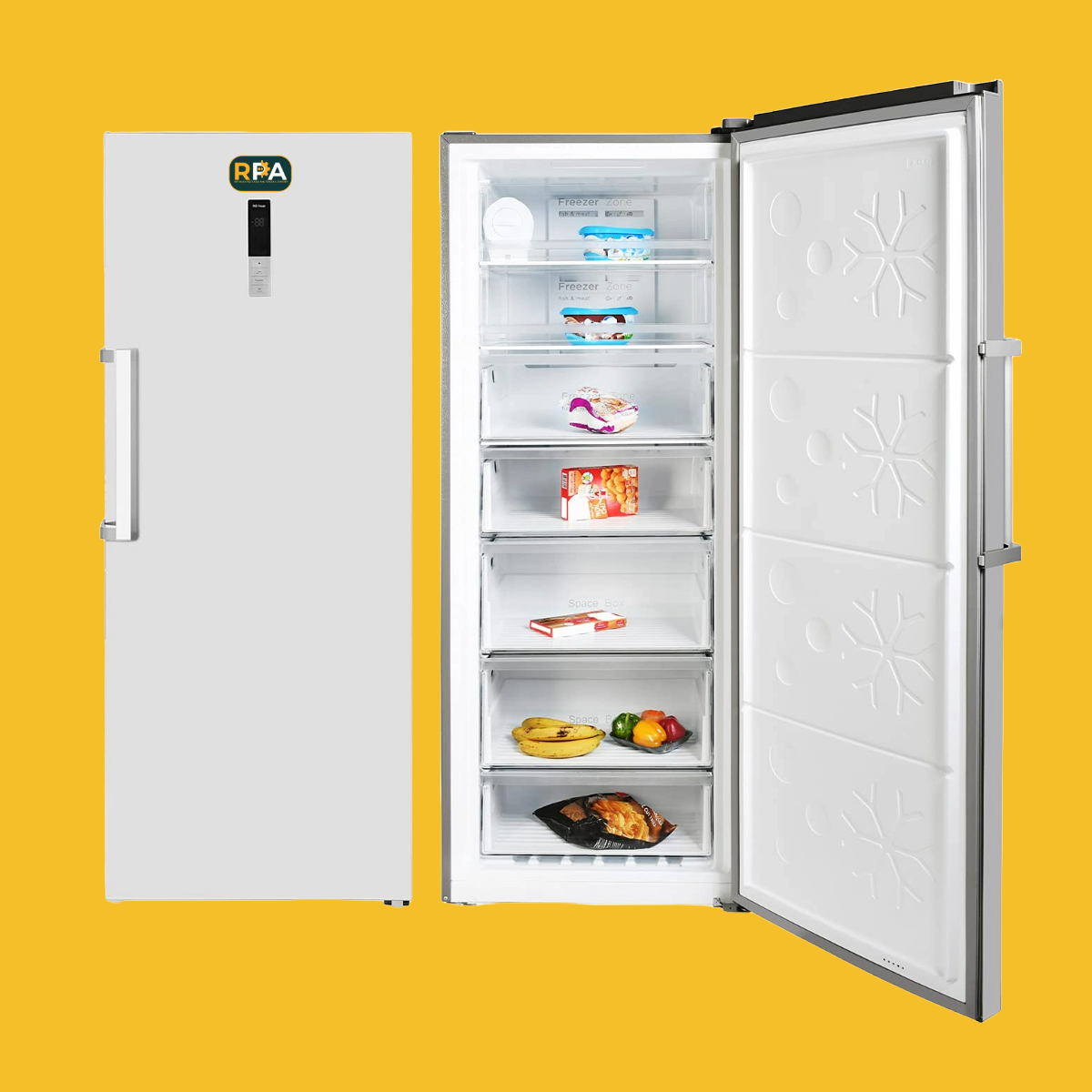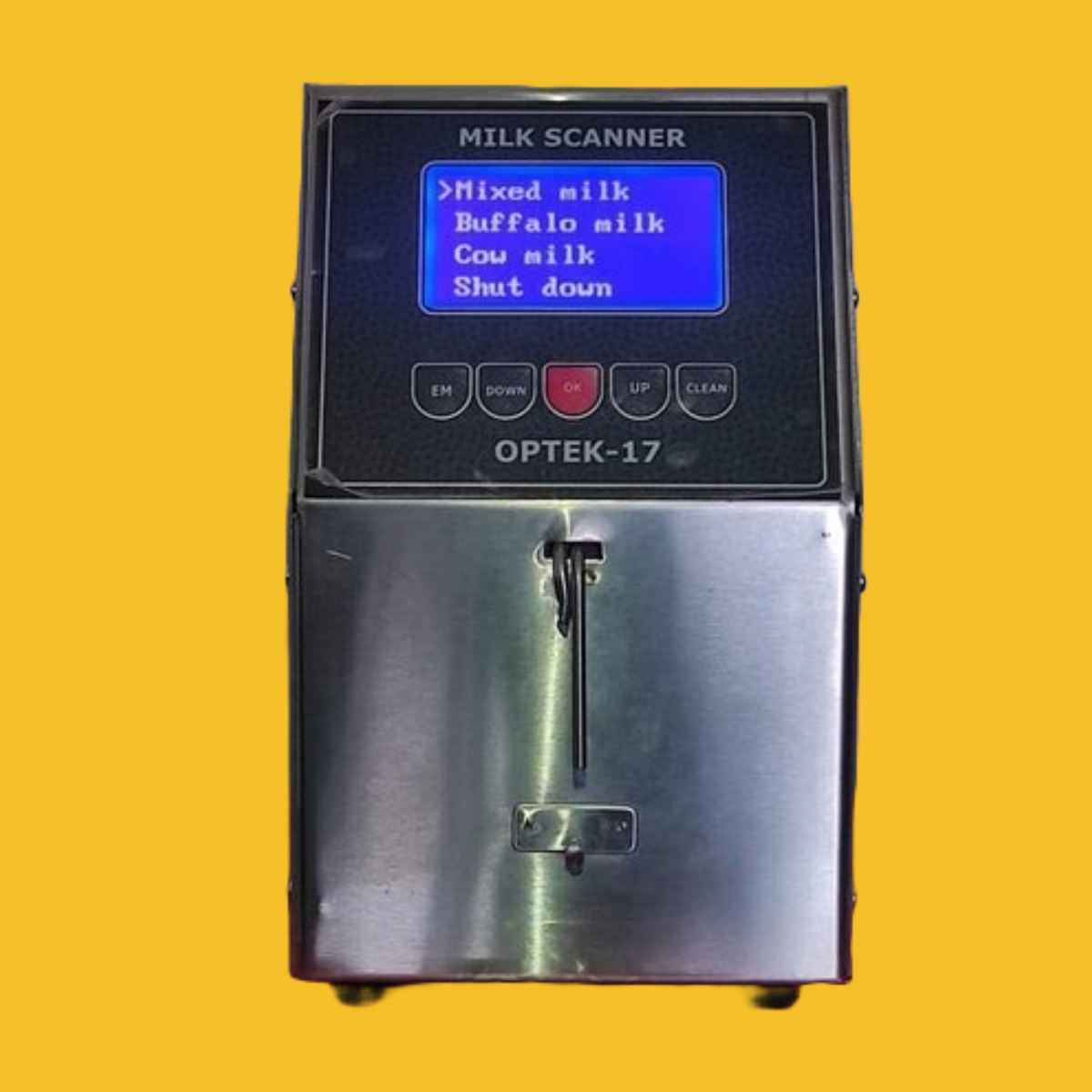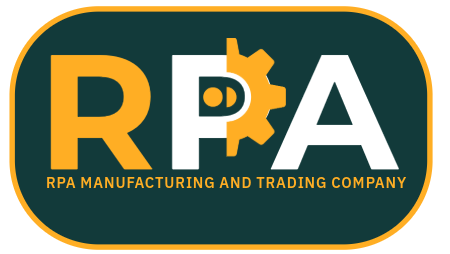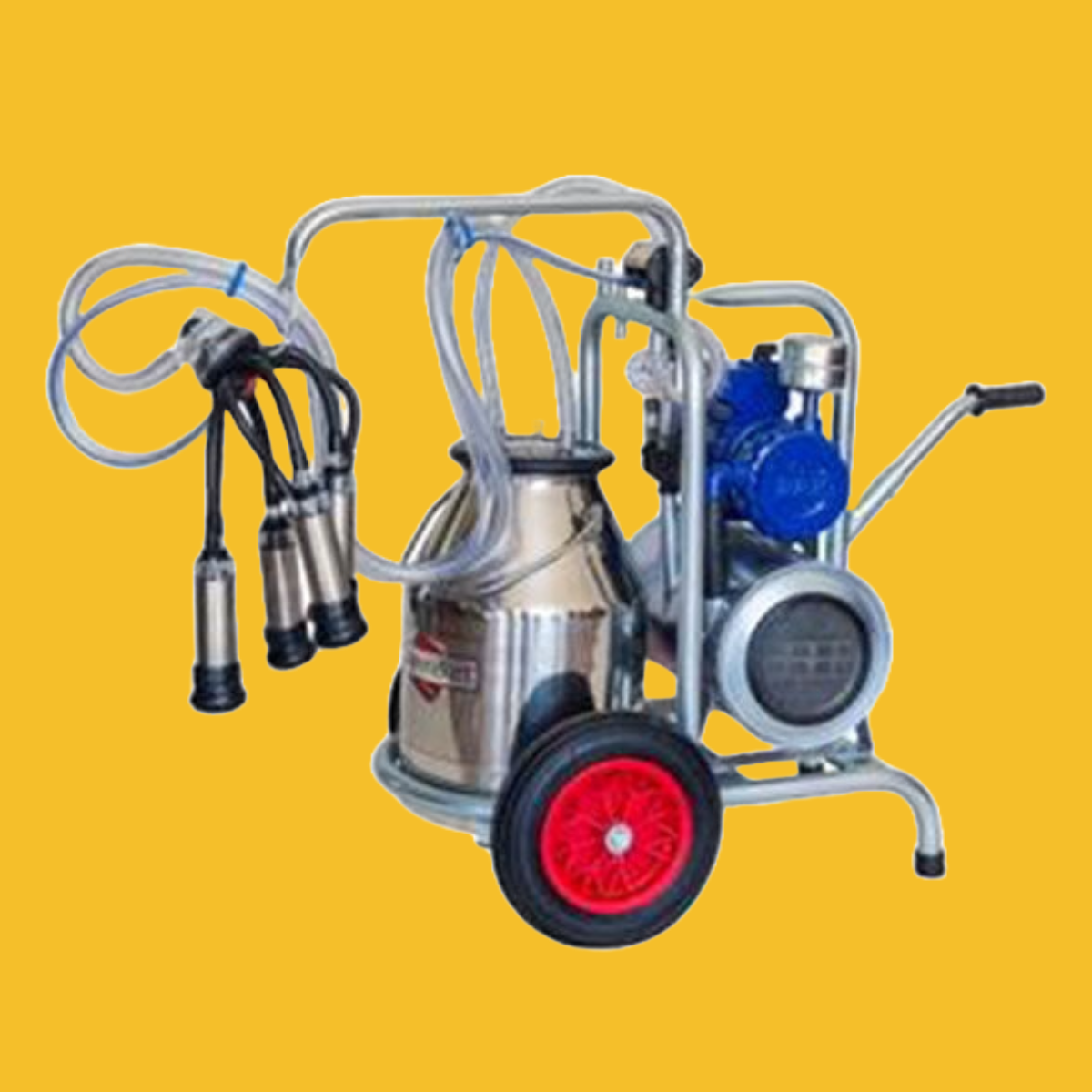

Establishing a dairy processing plant involves several critical stages, each requiring specialized machinery to ensure efficiency, quality, and hygiene. Below is a comprehensive breakdown of the essential components and their respective functions:
1. Milk Reception and Storage
Upon arrival at the plant, raw milk is received and stored under controlled conditions to maintain its quality.

- Milk Reception Units: These systems facilitate the unloading of milk from transport vehicles, incorporating filtration and initial quality testing.
- Storage Tanks/Silos: Insulated and refrigerated tanks designed to store raw milk at optimal temperatures, preserving freshness until further processing.
2. Clarification and Separation
To ensure purity, milk undergoes clarification to remove impurities and separation to adjust fat content.
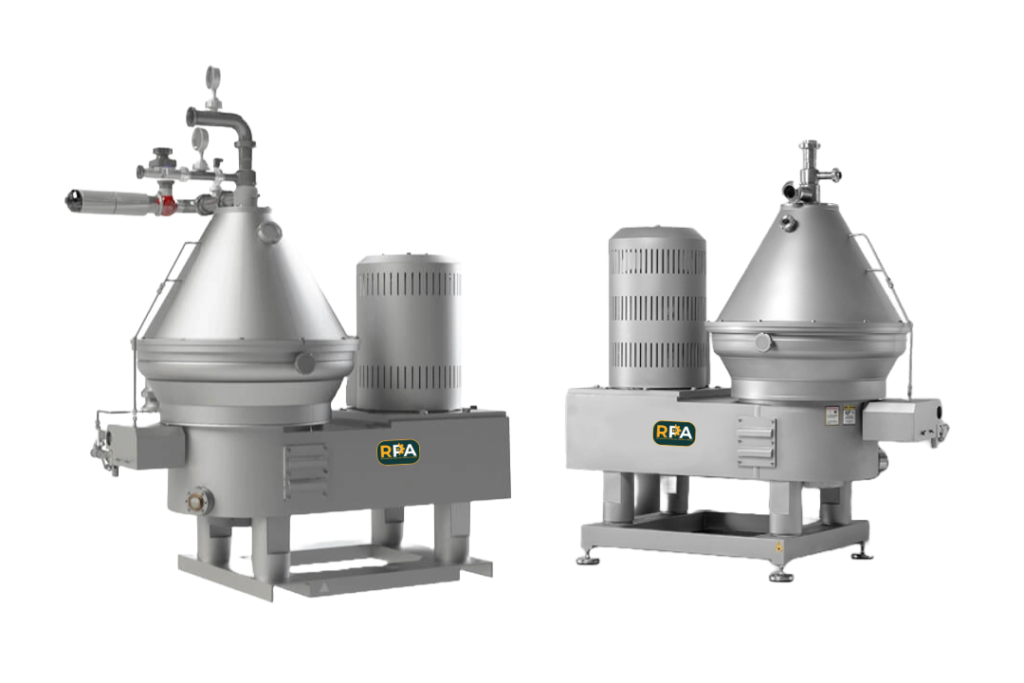
- Clarifiers: Centrifugal machines that eliminate sediments and impurities from milk.
- Cream Separators: Centrifugal separators that divide whole milk into cream and skim milk, allowing for standardized fat content in dairy products.
3. Pasteurization
Pasteurization is a heat treatment process that eliminates pathogenic bacteria, ensuring milk safety.
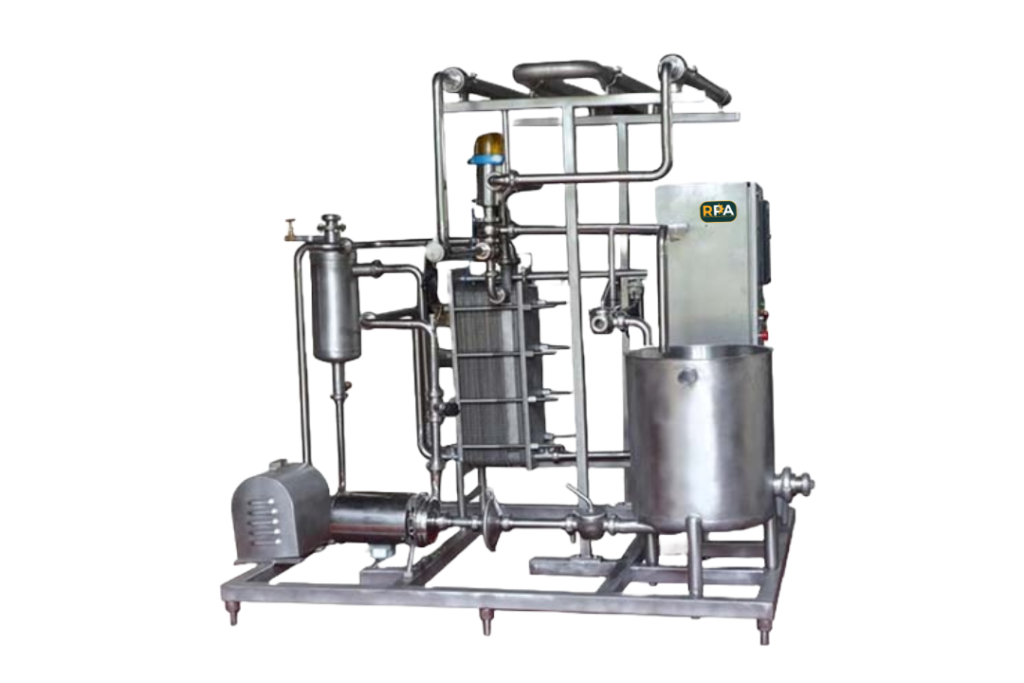
- Pasteurizers: Heat exchangers that rapidly heat milk to a specific temperature and then cool it, effectively destroying harmful microorganisms.
4. Homogenization
To prevent cream separation and improve texture, milk undergoes homogenization.
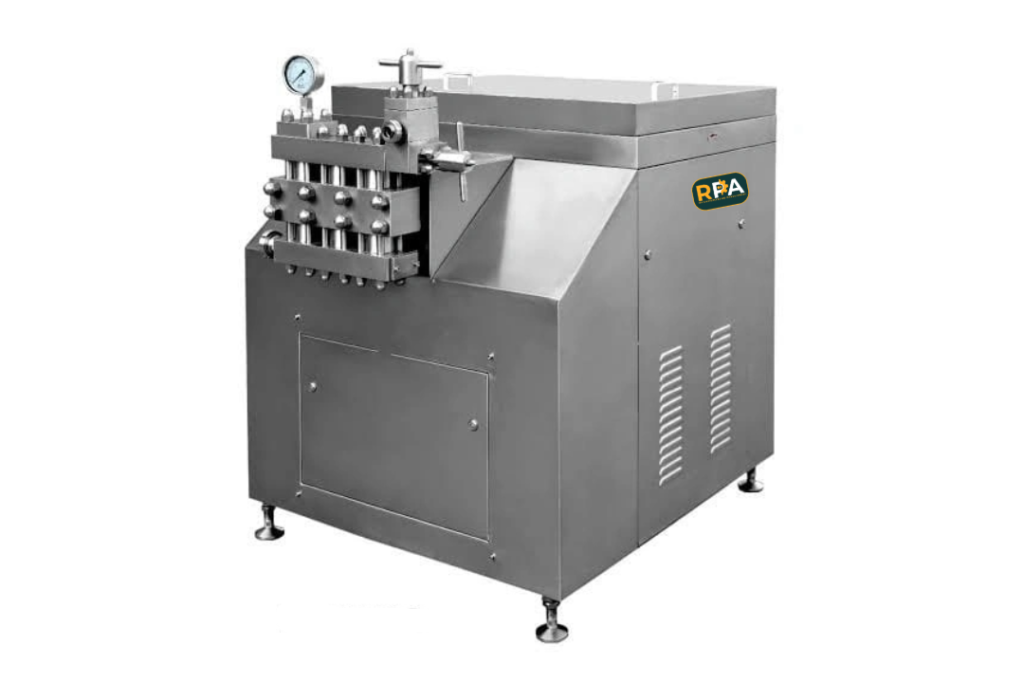
- Homogenizers: High-pressure devices that break down fat globules into smaller sizes, resulting in a uniform and stable milk product.
5. Fermentation (for Curd making)
For products like yogurt and cheese, controlled fermentation is essential.
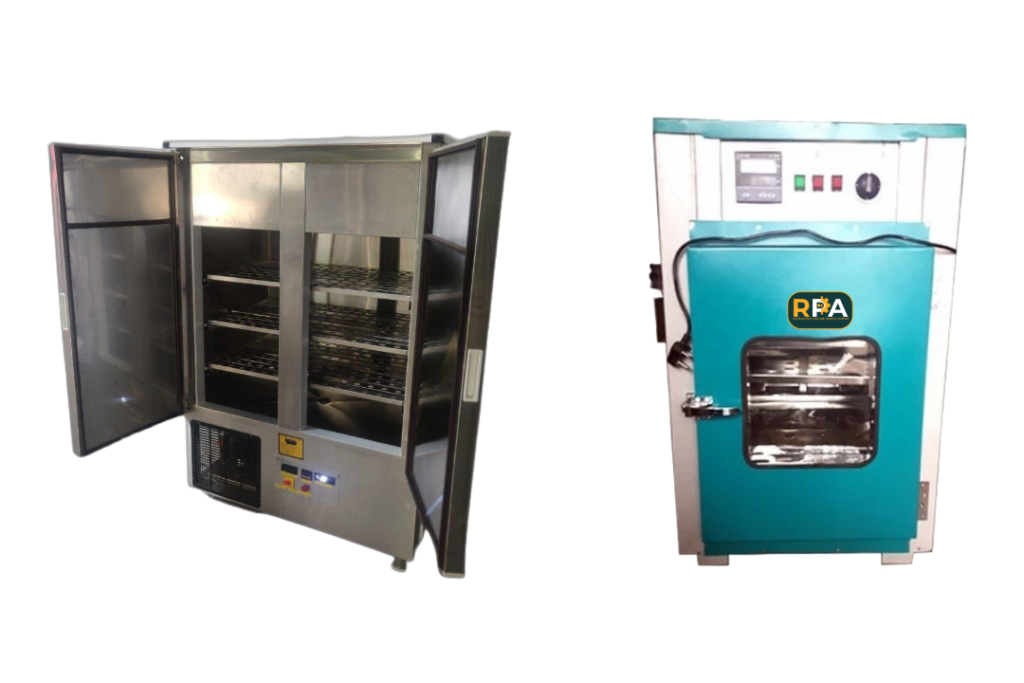
- Fermentation Tanks: Specialized vessels that maintain precise temperature and agitation to promote the growth of specific cultures.
6. Cheese Production
Cheese manufacturing involves several specialized processes and equipment.

- Cheese Vats: Large tanks where milk is coagulated using rennet and cultures to form curds.
- Curd Cutters: Tools or machines that cut the curd into uniform pieces to facilitate whey separation.
- Cheese Presses: Equipment that applies controlled pressure to expel whey and shape the cheese.
7. Butter Production
Butter is produced by churning cream to separate butterfat from buttermilk.
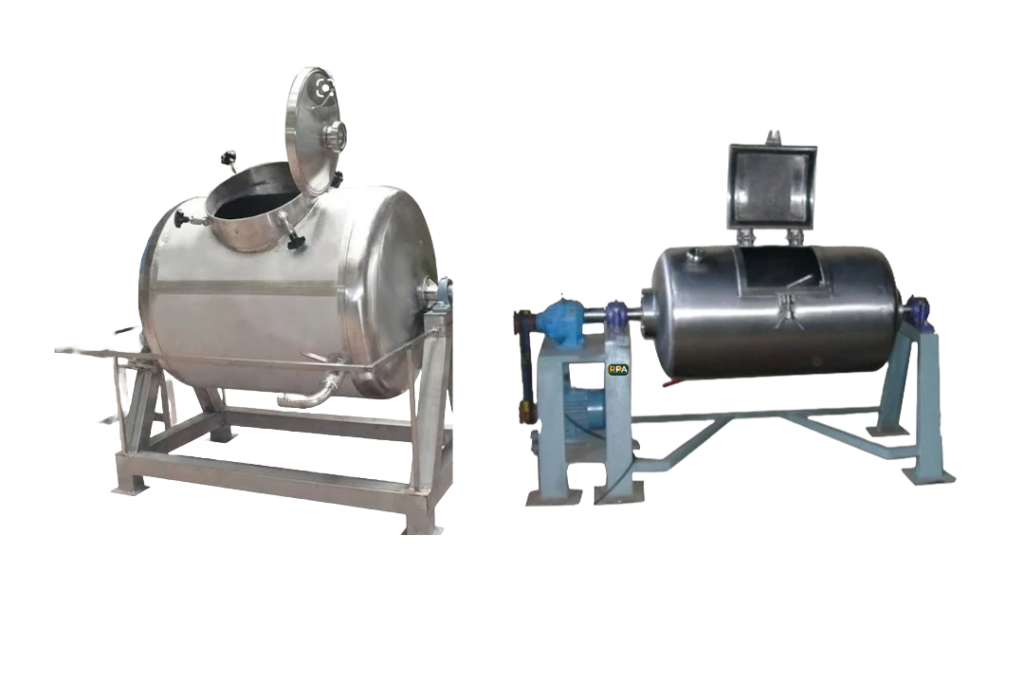
- Churns: Machines that agitate cream to induce phase separation, resulting in butter granules and buttermilk.
- Butter Workers: Equipment that kneads butter to improve texture and remove excess buttermilk.
8.Ghee Making Machine

9.Khoya Making Machine
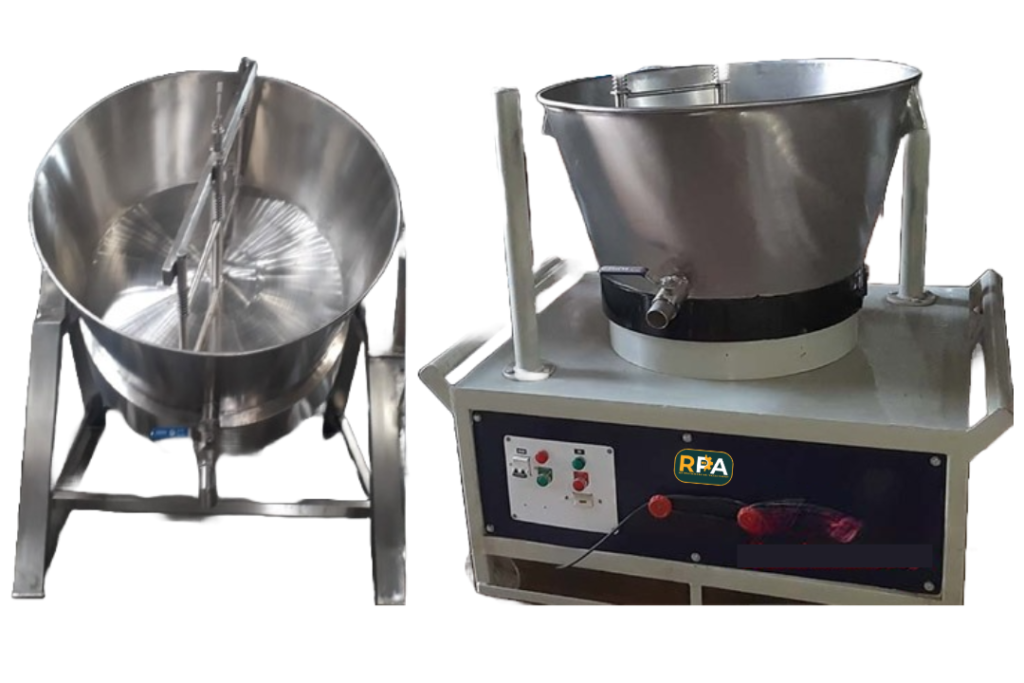
10. Filling and Packaging
The final dairy products are packaged for distribution, requiring precise and hygienic filling systems.

- Filling Machines: Automated systems designed to accurately fill various dairy products into containers of different shapes and sizes.
- Capping and Sealing Machines: Ensure containers are securely sealed to maintain product integrity during storage and transportation.
- Labeling Machines: Apply labels accurately to provide product information and branding.
By integrating these components, a dairy processing plant can achieve efficient production while adhering to high standards of quality and hygiene.
- All
- Dairy Plant


